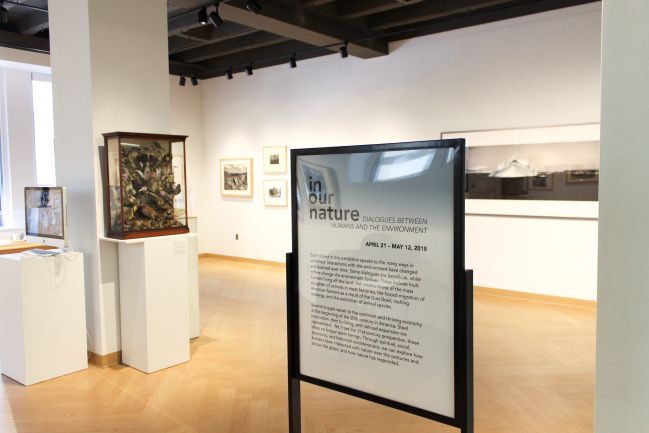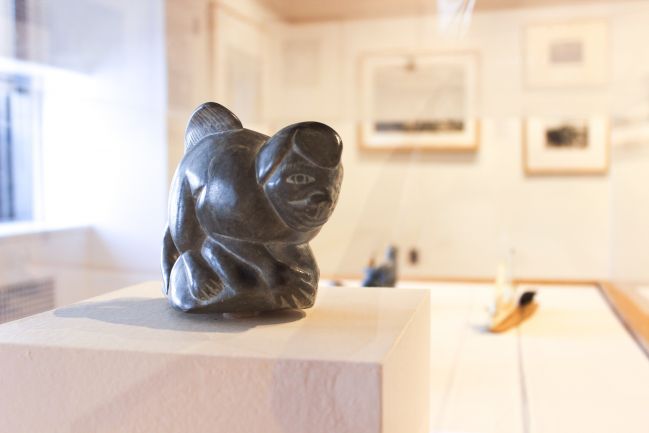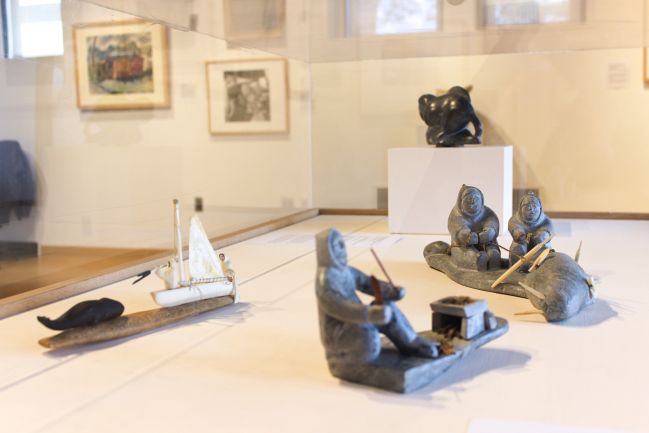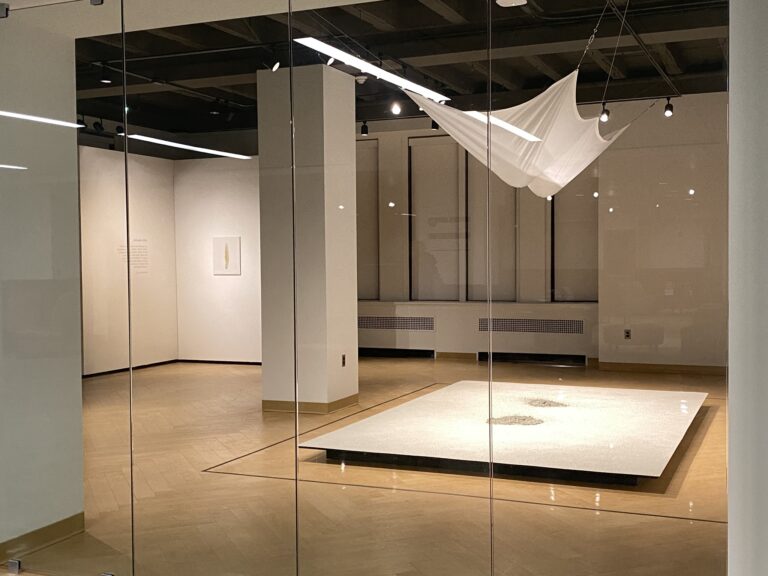APRIL 21 – MAY 12, 2018
Each object in this exhibition speaks to the many ways in which our interactions with the environment have changed and evolved over time. Some dialogues are beneficial, while others change the environment forever. These include Inuit hunters living off the land, the unnaturalness of the mass slaughter of animals in meat factories, the forced migration of American farmers as a result of the Dust Bowl, melting icebergs, and the extinction of animal species.
Several images speak to the optimism and thriving economy at the beginning of the 20th century in America: Steel production, dam building, and railroad expansion are represented. Yet, from our 21st-century perspective, those times no longer seem benign. Through spiritual, social, economic, and historical considerations, we can explore how humans have interacted with nature over the centuries and across the globe, and how nature has responded.
Exhibition Co-Curators:
Haley Clayton, Matt Corsetti, Shayla Croteau, Caitlyn Danforth, Nancy DeJoy, Ann Durbin, Mia Elzy, Lauren St. George, John Heslop, Lingyuan Hu, Zane Kemper, Mariah Koolthong, Shelby Merlino, Azya Moore, Desirée Quinn, Gabriel Seck, Ayo Thomas, Matthew Ungar, Rachel Yerke
19 undergraduate student and graduate student co-curators in the Museum Studies MUSM 488/888 Curatorial Practices course have spent the semester working on the exhibition. First, they chose an object from the Eli & Edythe Broad Art Museum or the MSU Museum collection. They studied it carefully, researched its history in a larger context, wrote the label, and participated in the mounting of the exhibition. The students are from diverse backgrounds and a variety of majors, including Studio Art, Art History, Anthropology, Environmental Studies, Environmental Biology, History, Criminal Justice, RCAH, Arts and Cultural Management, Religious Studies, and Zoology. From these different perspectives, they came together to think about humans and the environment in new ways and to learn what it means to curate museum objects.
Professor Susan J. Bandes,
Museum Studies Program at Michigan State University
Special thanks to the MSU Union Art Gallery, Eli & Edythe Broad Art Museum, MSU Museum, the College of Arts and Letters, and the Department of Art, Art History, and Design.









